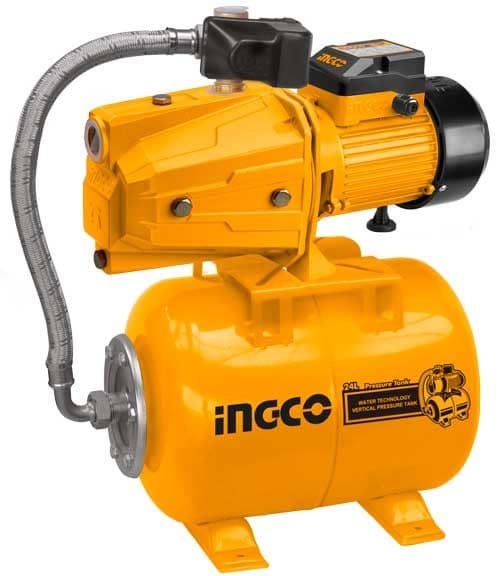Water pump motors are integral components of water pump systems, playing a crucial role in facilitating the movement of water for various applications. When it comes to water pump motors, there are several types available, each designed to meet specific requirements and operational needs. In this article, we will explore the different types of water pump motors, focusing on their characteristics, applications, and advantages.
1. Centrifugal Pump Motors:
Centrifugal pump motors are widely used in water pump systems due to their efficiency, reliability, and versatility. These motors operate based on the principle of centrifugal force, which is generated by the rotation of an impeller within the pump housing. As the impeller spins, it creates a centrifugal force that propels water outward from the center of the impeller, resulting in the movement of fluid through the pump.

Centrifugal pump motors come in various configurations, including single-phase and three-phase motors, as well as electric and diesel-driven motors. They are commonly used in applications such as water supply and distribution, irrigation, HVAC systems, and wastewater treatment. Their robust construction, ease of maintenance, and ability to handle large volumes of water make them suitable for a wide range of industrial, commercial, and residential applications.
2. Positive Displacement Pump Motors:
Positive displacement pump motors operate on a different principle compared to centrifugal pump motors. Instead of relying on centrifugal force, positive displacement pumps use mechanical means to move fluid by trapping a fixed amount of liquid and displacing it through the pump. These motors are known for their ability to deliver precise flow rates and generate high pressures, making them ideal for applications that require accurate dosing or pumping of viscous fluids. There are several types of positive displacement pump motors, including piston pumps, diaphragm pumps, gear pumps, and peristaltic pumps. Each type has its unique characteristics and is suitable for specific applications. For example, piston pumps are commonly used in hydraulic systems and high-pressure applications, while diaphragm pumps are preferred for metering and dosing applications where contamination or leakage must be avoided.
3. Submersible Pump Motors:
Submersible pump motors are designed to operate underwater and are commonly used in applications such as groundwater extraction, sewage pumping, and deep well pumping. These motors are typically hermetically sealed to prevent water ingress and are capable of withstanding the harsh conditions encountered in submerged environments. Submersible pump motors are available in various configurations, including oil-filled and oil-free motors, as well as single-phase and three-phase motors. They are known for their energy efficiency, quiet operation, and ability to deliver high flow rates and pressures. Submersible pump motors are often installed in boreholes, wells, sumps, and reservoirs, where they provide reliable and efficient water pumping solutions.
Conclusion:
Water pump motors play a vital role in water pump systems, enabling the efficient movement of water for various applications. Whether it’s centrifugal pump motors, positive displacement pump motors, or submersible pump motors, each type offers unique benefits and is suitable for specific operational requirements. By understanding the different types of water pump motor available, users can select the most appropriate motor for their application, ensuring optimal performance, reliability, and efficiency.




